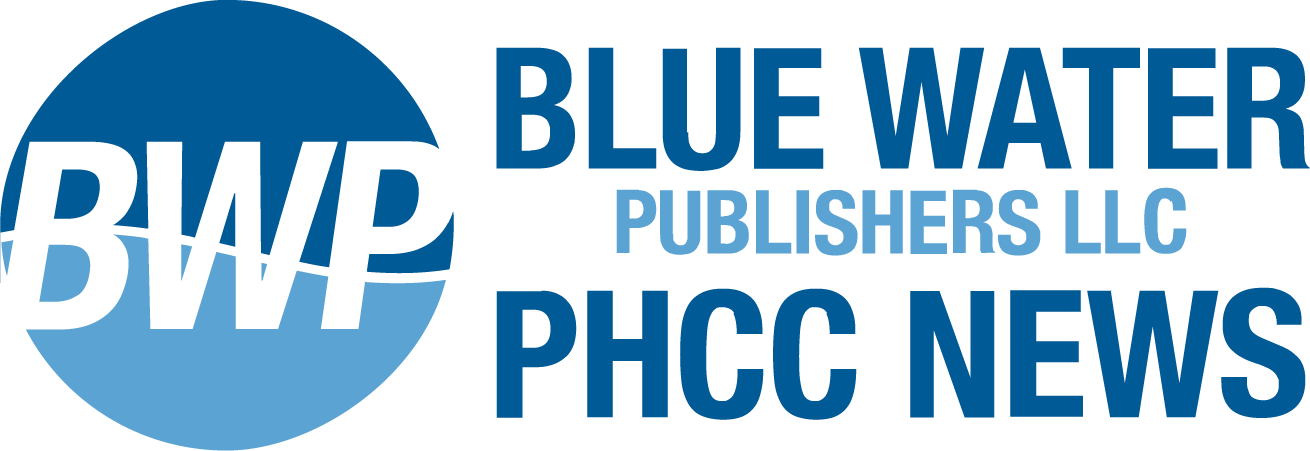Part 1 – The Problem.
By Dean Petersen
In the last couple of decades, the word “green” has taken on new meaning. The new definition of “green” could be described as, “… more environmentally friendly, sustainability or energy efficiency.” One may also be so bold as to claim that “green” simply means being smarter.
Communities at large, including the construction industry, have changed their approach as to how we are using our natural resources. The plumbing industry is no exception, and rightfully so. Without knowing it, plumbers have been put on the front line of this effort to become “greener” because of what we do for a living. We are now a critical component in the protection of life’s most essential element: water.
As with many areas of life, a problem cannot be solved until first we acknowledge that there is a problem. The fact is there are over 7.3 billion people on the planet, and as the population increases, so does the demand for natural resources.
Earlier this year, Cape Town, South Africa, narrowly avoided a catastrophic water crisis. Cape Town has experienced three years of drought and the city’s reservoir levels have declined; they are dangerously close to running out of water. Cape Town could be one of the world’s first major cities to run out of water. This type of crisis now has a new term: it is referred to as “Day Zero.” The last day of water!
This thought should scare us all. Water is essential to all life and we can only imagine the deaths, disease and desperate measures people would have to endure to stay alive. Cape Town has been able to avoid the Day Zero date for now, which had been originally estimated to take place in April 2018. Today they have water; unfortunately their next Day Zero is expected sometime during 2019. They were able to push this date into the future with a variety of solutions. Some of them quite simple, while others more drastic. Some of the simpler solutions were to fix leaks in the plumbing system. By simply repairing leaking water mains and plumbing fixtures, they reduce the amount of water consumed. Smart. Right? The other measures included public education as well as rationing water. Some of the rationing measures were quite drastic. They rationed each resident to 13 gallons of water a day (keep in mind the average American uses over 50 gallons a day). Other suggestions were to install water meters that would shut-off when the resident’s daily ration was exceeded. Some of the residents were able to install rainwater collection systems, reducing their demand on the public supply. For now, the city of Cape Town has water and its residents persist.
For a moment please consider all of the ways in which you use water: bathing, washing clothes, flushing toilets, cleaning dishes, preparing food and of course drinking. These are the ways we use water that we can see, but how about our water usage that we can’t see? For example, the water needed to grow and raise our food, manufacture the products we need and the water needed to make electricity. Yes, we need water to generate electricity. This is not always understood. It doesn’t matter if the power plant is coal, natural gas or nuclear powered; we need water to convert to steam, to turn the turbines. Water and energy are connected. This relationship too has its own term: It is referred to as the water/energy nexus. So if there is a water crisis, there is an energy crisis and vice-versa.
True or false? We have less water here on the planet today than we did 50 years ago, 1,000 years ago or even a million years ago? The answer is false. We have the same amount of water here on planet Earth as we have had for millions of years. Seventy percent of the planet is covered in water, so we have a lot of water. So what, then, is the problem?
First off, only 3 percent of our planet’s water is fresh water, the water we can consume, and of that 3 percent, only a fraction of it is not frozen in glaciers and the polar ice caps. The remaining freshwater is being shared by the 7.3 billion people on the planet and that portion of freshwater as compared to the world’s population, is not evenly distributed.
Another issue that contributes to the water problem is contamination; it doesn’t matter if one gets water from surface water or groundwater, it could end up contaminated from any number of sources. So the problem may not be a quantity issue as much as a quality issue. And yes, we can clean up most contaminated waters, but at what cost?
As I write this article from the great state of Wisconsin, which is a water rich state, we are experiencing the most amount of rainfall on record yet we too have water issues. In several areas of the state aquifers are declining, in others the water is too contaminated to use efficiently or the community demands have exceeded their water supply, and they are forced to take drastic actions to acquire the water needed. I would like to add that none of these issues listed above are associated with the hotly contested argument of the existence or the cause of climate change.
Our planet is experiencing water crises; this is not debatable. This reality, coupled with the assumption that most Americans are not willing to sacrifice their current quality of life, requires us to take action. We just need to decide whether we are we going to take action now or wait until Day Zero.
Next issue, we’ll talk about some of the solutions….
Dean Peterson is a plumbing apprenticeship instructor at Madison Area Technical College and owner of WaterWay Plumbing Design.

